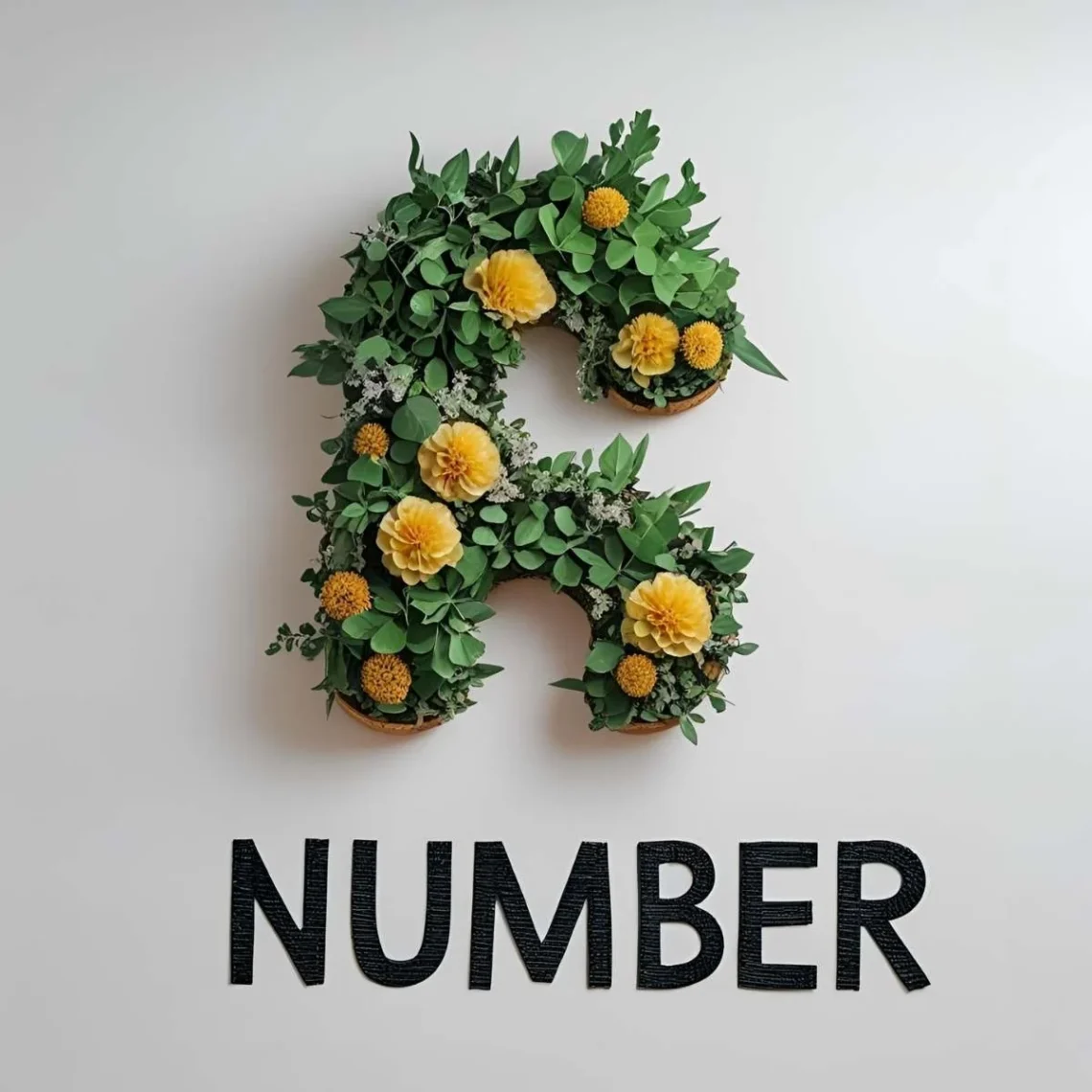Picture a child in a Kyoto classroom, proudly holding up four fingers while saying “shi” during a counting game.
That simple number, “four,” resonates across cultures, yet its sound and significance vary widely. Whether it’s “cuatro” shouted in a lively Mexican mercado or “arba’a” murmured in a Cairo souk, the word for “four” reflects a universal need to quantify, shaped by each culture’s unique linguistic and symbolic lens.
Let’s embark on a global exploration of how people express the number 4 in different languages and what these terms reveal about their societies.
Reference Table: “Number 4” in Different Languages
| Language | Word/Phrase | Cultural/Linguistic Insight |
|---|---|---|
| French | Quatre | Derived from Latin “quattuor,” used in formal and everyday contexts. |
| Spanish | Cuatro | Rooted in Latin, commonly used in counting and games across Spain and Latin America. |
| Italian | Quattro | Shares Latin roots, often associated with rhythm in Italian music or counting. |
| German | Vier | A concise term, reflecting Germany’s straightforward linguistic style. |
| Mandarin | Sì (四) | Pronounced “shi,” it’s a homophone for “death,” making it unlucky in Chinese culture. |
| Hindi | Chaar | A simple term, widely used in India’s vibrant markets and daily life. |
| Japanese | Shi (四) | Avoided in some contexts due to its association with “death,” with “yon” as an alternative. |
| Korean | Sa (사) | Shares phonetic similarity with “death,” influencing its use in superstitions. |
| Arabic | Arba’a (أربعة) | Used across 20+ countries, rooted in Semitic linguistic traditions. |
| Swahili | Nne | A straightforward term, used in East African counting systems. |
| Zulu | Ne | A concise word, reflecting simplicity in South African numeric systems. |
| Yoruba | Ẹrin | Means “laughter” as well, adding a positive connotation in Nigeria. |
| Maori | Whā | Pronounced “fā,” tied to Polynesian counting traditions in New Zealand. |
| Hawaiian | ʻEhā | Reflects the melodic flow of Hawaiian language and culture. |
| Cherokee | Nvgi | A term rooted in Native American numeric systems, used in storytelling. |
European Languages: Counting with Clarity
European languages express the number 4 with terms rooted in shared linguistic histories. For instance, in French, “quatre” comes from Latin “quattuor,” used in everything from math lessons to wine orders in Paris cafés. Meanwhile, Spanish uses “cuatro,” a vibrant term heard in counting games across Mexico and Spain, reflecting Latin roots and cultural energy. Additionally, Italian’s “quattro” carries a rhythmic quality, often used in music or casual counting, evoking Italy’s expressive flair. In German, “vier” is direct and concise, mirroring the culture’s preference for clarity in communication. Thus, these terms blend historical roots with modern usage, from poetic Italian to pragmatic German.
Asian Languages: Numbers with Cultural Weight
Asia’s diverse languages give the number 4 unique flavors, often tied to cultural symbolism. For example, in Mandarin, “sì” (four) is a homophone for “death,” making it unlucky, so elevators in China often skip the fourth floor. In Hindi, “chaar” is a neutral, everyday term used in India’s bustling markets, free of superstition. Similarly, Japanese uses “shi” for four, but its link to “death” leads to an alternative, “yon,” in sensitive contexts like hospitals. In Korean, “sa” also carries a “death” association, influencing naming conventions for buildings. Finally, Arabic’s “arba’a,” used across over 20 countries like Egypt and Iraq, is a neutral term rooted in Semitic traditions, often heard in trade and education. These variations highlight Asia’s blend of practicality and cultural nuance in numbering.
African Languages: Counting in Community
In African languages, the number 4 reflects simplicity and communal use. For instance, Swahili, spoken in over 20 countries like Kenya and Tanzania, uses “nne,” a clear term used in markets and schools for counting goods or students. In Zulu, “ne” is a concise word in South Africa, often used in storytelling or daily transactions, reflecting cultural directness. Similarly, Yoruba’s “ẹrin” in Nigeria doubles as “laughter,” infusing the number with positivity, as families might count blessings with joy. These terms, used across diverse African settings, emphasize clarity and community, often tied to shared activities like trade or education.
Indigenous & Island Languages: Numeric Harmony
Indigenous and island languages express the number 4 with simplicity and cultural resonance. For example, Maori in New Zealand uses “whā” (pronounced “fā”), tied to Polynesian counting systems and often used in communal chants. In Hawaiian, “ʻehā” carries a melodic quality, reflecting the language’s connection to music and nature. Similarly, Cherokee’s “nvgi” is used in Native American storytelling, symbolizing balance in narratives. In Samoan, “fā” mirrors Polynesian simplicity, used in group settings like village gatherings. Across these cultures, from New Zealand to the Cherokee Nation, the number 4 emphasizes harmony and tradition, often linked to communal rituals.
Cultural Insights: The Evolution of Four
The word for “four” carries historical and cultural weight. For instance, Latin “quattuor” shaped Romance languages like French and Spanish, spreading through Roman trade. In Chinese culture, “sì”’s link to “death” stems from ancient superstitions, influencing modern practices like avoiding the number in addresses. Moreover, in African languages like Swahili, “nne” reflects Bantu linguistic roots, tied to trade and community. In Polynesian cultures, terms like “whā” connect to ancient navigation systems, where four directions guided voyagers. These words are more than numbers—they carry histories of trade, belief, and cultural exchange, uniting people across centuries.
Proverbs and Sayings: Wisdom of Four
- French: “Quatre yeux valent mieux que deux.” (Four eyes are better than two.) – Emphasizes collaboration’s value.
- Hindi: “Chaar din ki chandni.” (Four days of moonlight.) – Refers to fleeting moments of joy.
- Swahili: “Nne ni nguvu.” (Four is strength.) – Highlights unity in numbers.
- Japanese: “Shi wa subete no kiso.” (Four is the foundation of all.) – Refers to four seasons or directions.
- Yoruba: “Ẹrin ni ayọ ẹrin.” (Four is the joy of laughter.) – Ties the number to positivity.
FAQs
Why do some words for “four” sound similar?
Shared linguistic roots, like Latin “quattuor” in Romance languages, or cultural exchanges, like Arabic’s influence on Swahili, create similarities.
What’s the oldest term for “four”?
Latin “quattuor” (circa 1st century BCE) is among the earliest recorded, influencing many European languages.
How do cultures shape the number’s use?
Some cultures (e.g., Chinese, Japanese) avoid “four” due to superstitions, while others (e.g., African, Polynesian) use it neutrally in daily life.
Conclusion
From “cuatro” in Spain to “nne” in Tanzania, the word for “four” weaves a global thread of counting and connection. Each term, whether the cautious “shi” in Japanese or the joyful “ẹrin” in Yoruba, reflects cultural values while celebrating humanity’s shared need to quantify. Consequently, these words remind us that even a simple number can bridge cultures, uniting all people in a universal language of order. How do you say “four” in your language, and what does it mean to you? Share your thoughts below—we’d love to hear your story!





